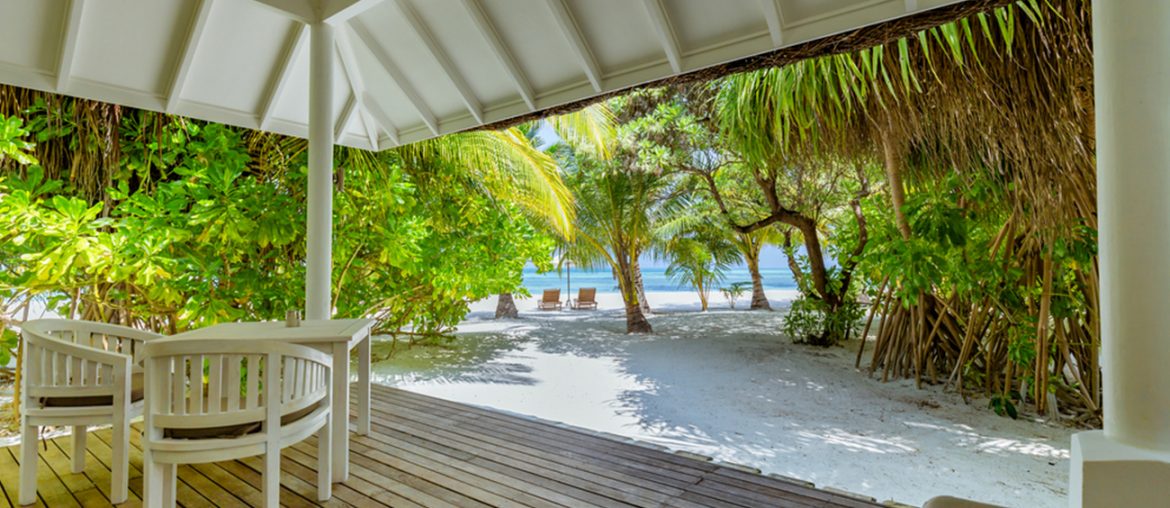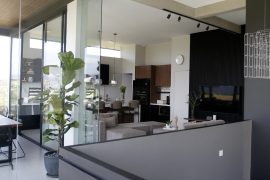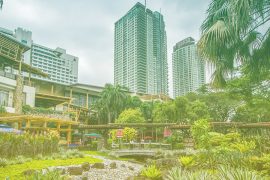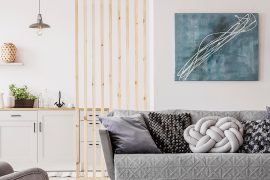A previous post focused on a pitched roof as an important feature in our vernacular architecture, a style of building which did not involve professional architects. This is the building style of our ancestors, which used materials in the area and took local traditions into consideration. Looking at a bahay kubo (a traditional Filipino home), the pitched roofs stand out but so do extended eaves, also called deep overhangs.
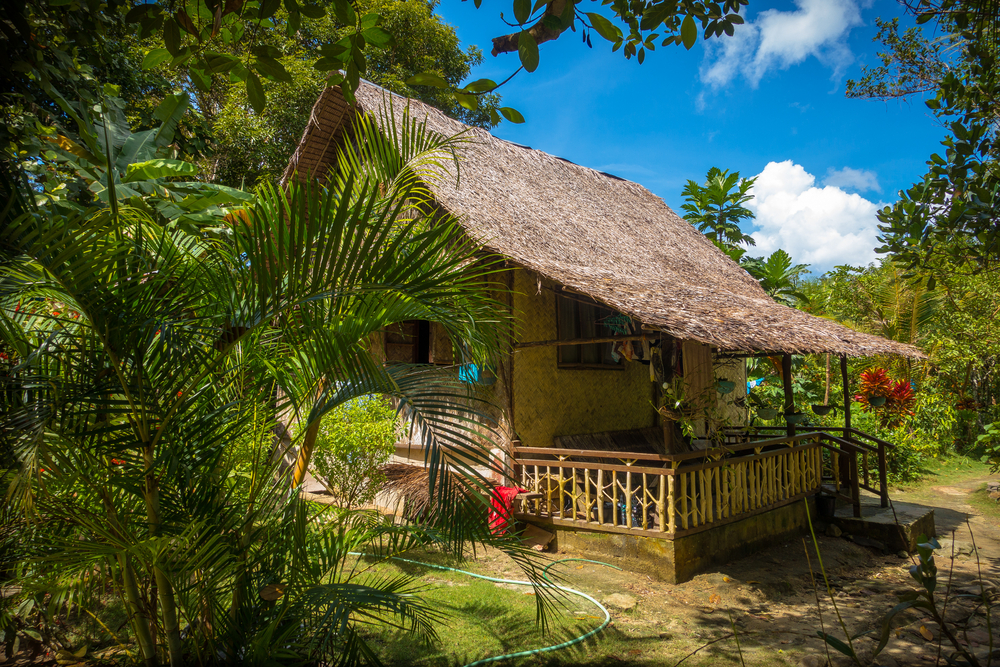
Extended eaves are extensions of the roof that project beyond the walls, and create an overhang for an exterior space like a veranda, or in the kubo’s case a receiving area or living room just right at the entrance before the main door. This is separate from the private space inside the home and offers a place for social interactions, conducive to the (impromptu) get-togethers of neighbors or friends or a Marites. It’s also a transitional space between the exteriors and interiors of a home, that allows residents to be closer to nature, to enjoy the breeze, to relax in, and to look at other things aside from the four walls of a home.
There are several advantages to having exterior spaces that are covered by extended eaves in a home.
Outdoor Space
There are many kinds of exterior domestic spaces, which could be covered or uncovered, attached to the house or not. I can imagine that a veranda or a balcony would be a welcome addition to a home. It’s an additional space that when built well can add to the market value of a home.
What’s good about extended eaves is a separate roof does not have to be built. The eaves of the roof just have to be extended, more than what is considered usual.
Aesthetic Appeal
Like a pitched roof, extended eaves can be used to create a visual appeal to a structure. It is also a way to stand out from the usual architectural style of modern homes that one finds today, where the walls of the house are built so close to the edges of the property to maximize the enclosed living space.
Temperature Regulation
Extended eaves can regulate direct sunlight coming into the home, making it more habitable and comfortable. This helps cool interiors and reduces the need to turn on any cooling system. Give some thought to climate change and add this to the passive design principles that you are considering for your home.
Also, such a feature can slow down any deterioration in your home, like the discoloration of fabrics of furniture or home accessories, caused by the harsh sun.
Leakage Protection
Extended eaves direct the rainwater away from the windows and walls of the home. This protection from water damage is something important to consider especially in a country visited by an average of 20 typhoons a year.
Recap
Extended eaves are functional and they also can be decorative.
The pandemic created the need for a space where residents could commune with the outside world. Remember those times when we were under strict lockdowns, and we were climbing the walls? If you build your house to accommodate such an outdoor domestic space by extending the eaves, then you get yourself additional square meters of living space that may just end up as the favorite “room” in the house.
To make it more comfortable and safe, consider painting the space with Boysen Bug Off to keep those pesky insects at bay.
For more Architecture and Design ideas, visit this link.

